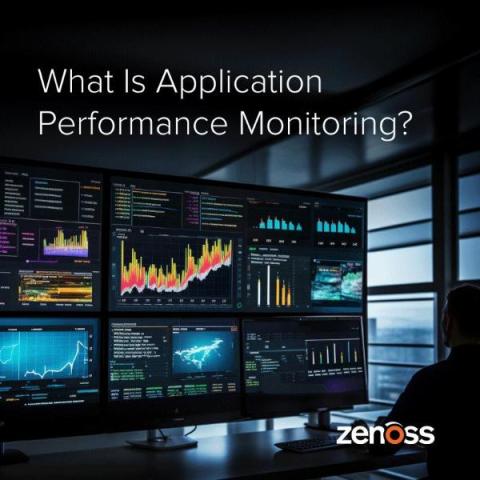What Is Application Performance Monitoring?
Applications serve as the backbone of countless operations, driving productivity, customer experience and business success. Tracking and managing their performance is therefore critical to maintain continuity and efficiency, enabling IT teams to proactively identify and resolve issues before they lead to downtime and potential revenue loss. That’s where application performance monitoring (APM) comes in.











